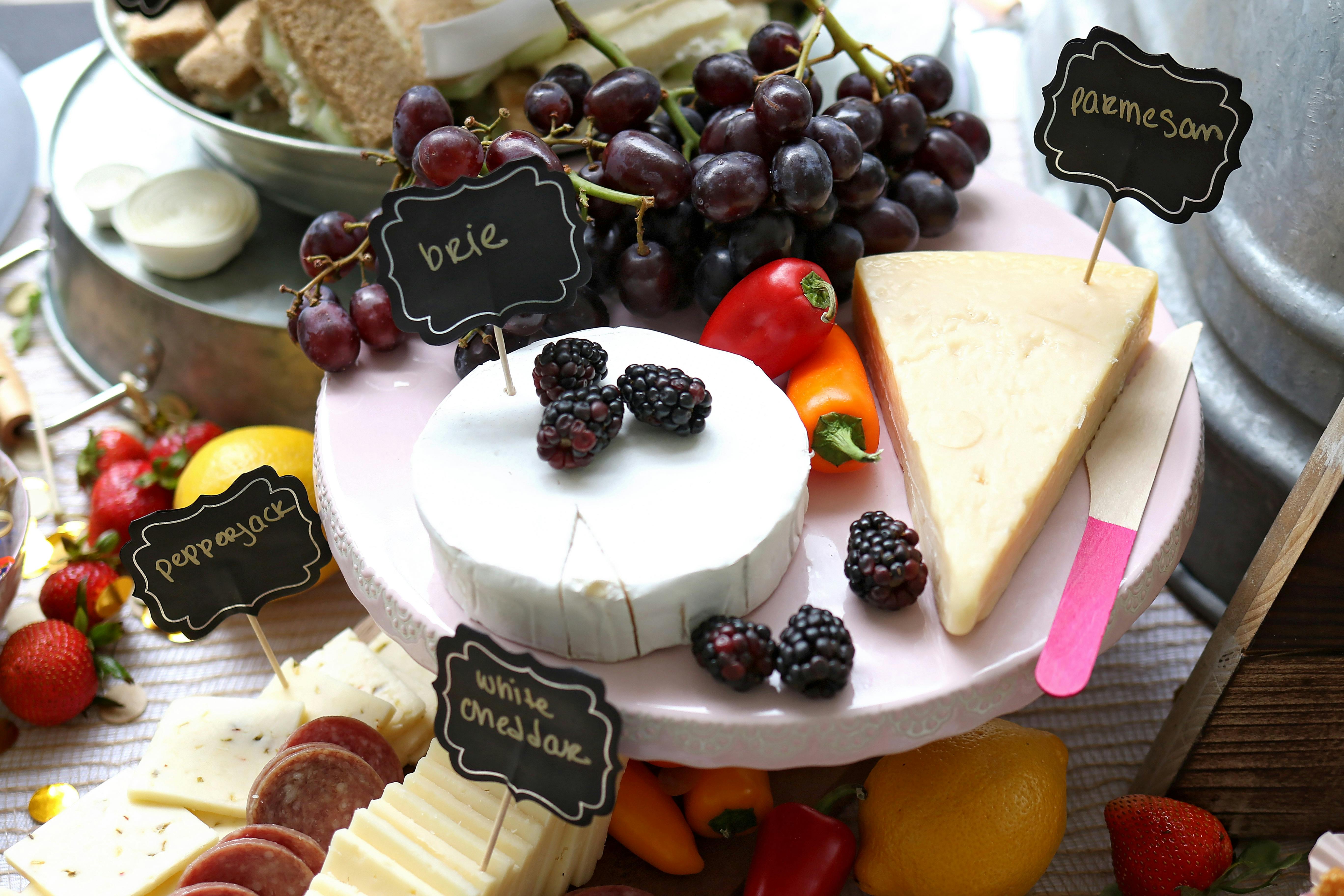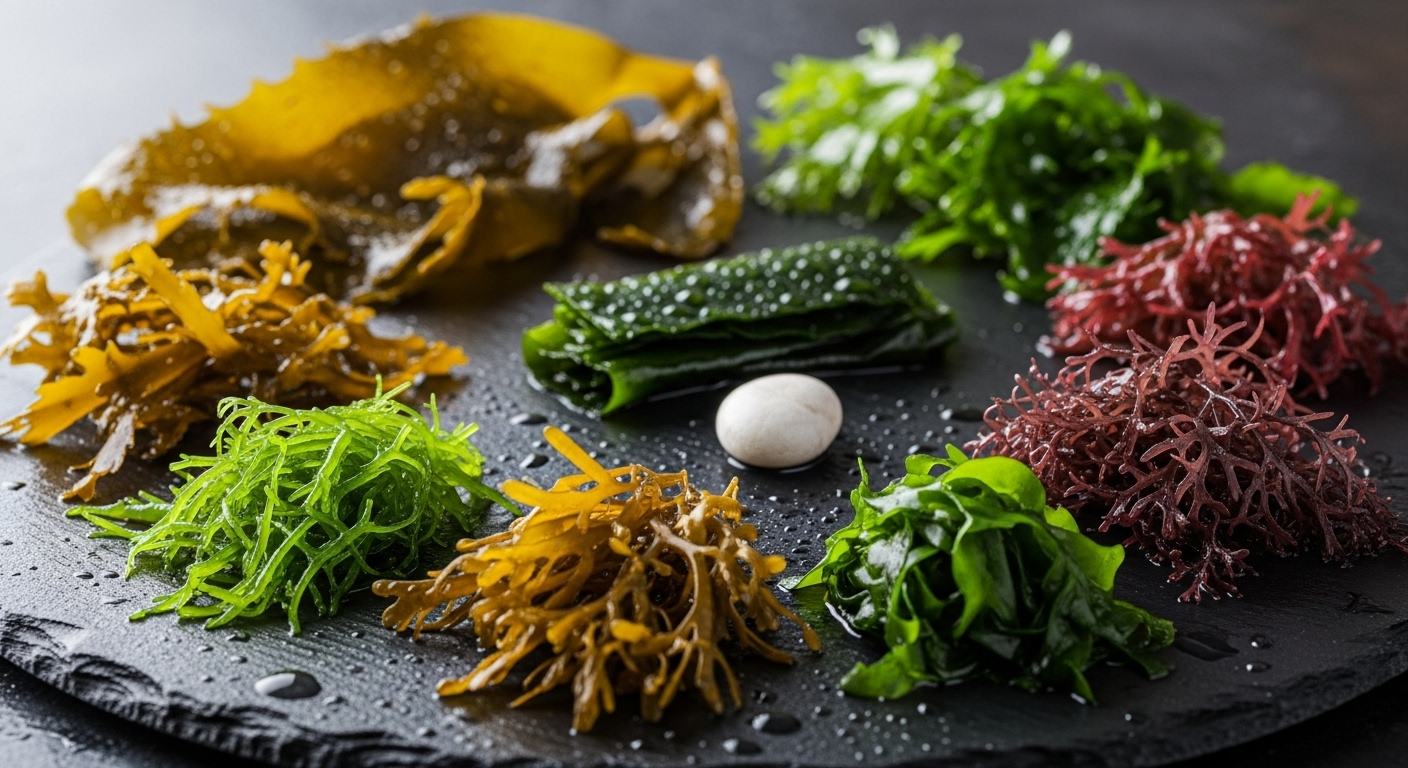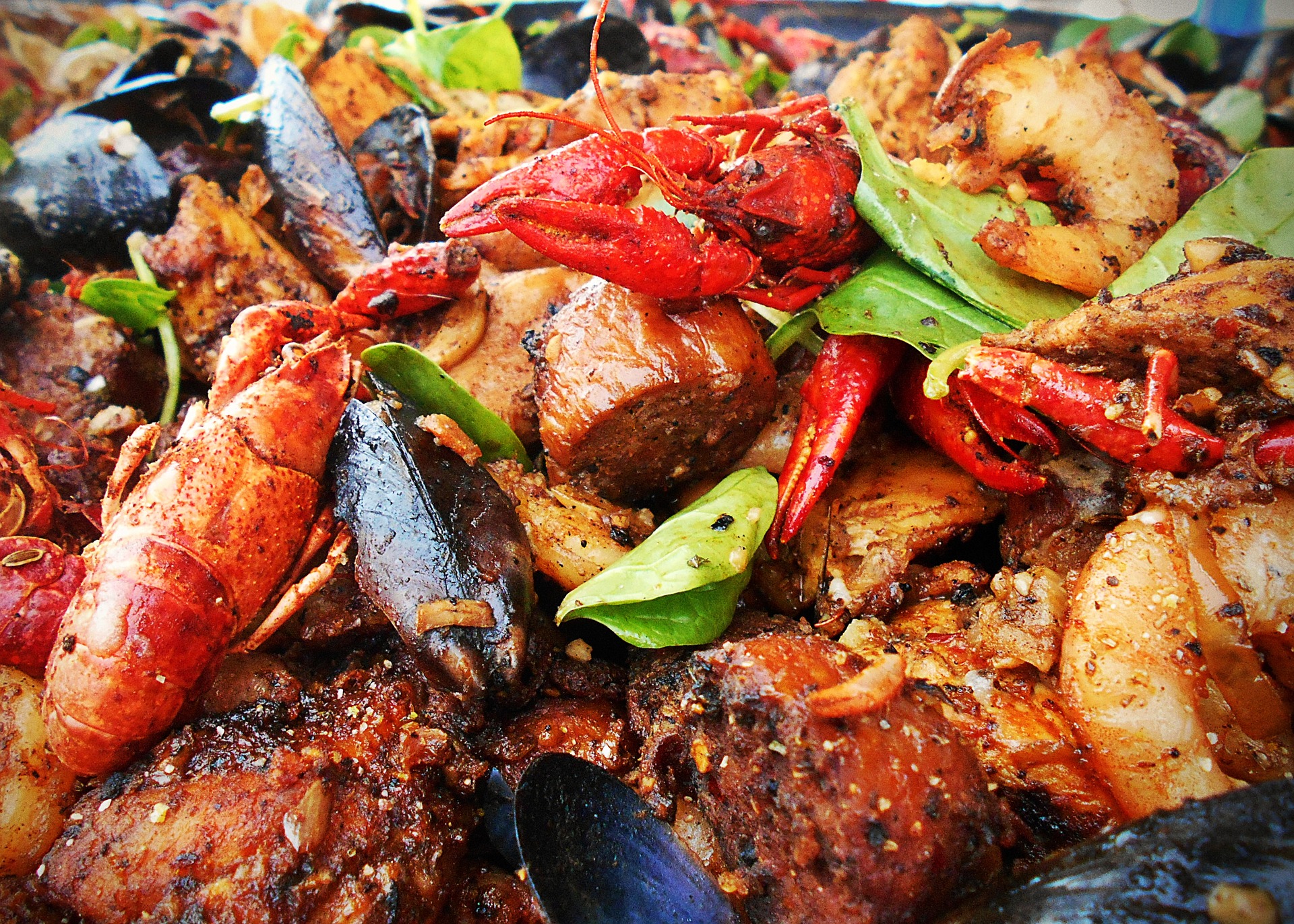Discovering the Artisanal Charm of Cheese Making
Cheese, with its myriad of textures, flavors, and styles, has long been a staple in cuisines around the globe. But have you ever wondered about the process that transforms humble milk into this beloved food? Today, we delve into the world of artisanal cheese making, an age-old craft experiencing a modern-day revival.

A Brief History of Cheese Making
Cheese making began over 8,000 years ago, with evidence tracing back to the ancient civilizations of Mesopotamia. It’s thought that cheese was discovered accidentally when people stored milk in animal stomachs, causing it to curdle and separate into curds and whey.
The Artisanal Revolution
In recent years, a renewed interest in traditional food production methods has led to a resurgence of artisanal cheese making. Artisanal cheese makers prioritize quality over quantity, crafting small batches using time-honored techniques and locally sourced milk.
The Basics of Cheese Making
Cheese making is a fascinating blend of science and art. The process starts with milk, usually cow’s, goat’s, or sheep’s. The milk is heated, and an acid or bacteria is added to start the curdling process. Rennet, an enzyme traditionally derived from animal stomachs, is then added to further solidify the curds.
The Diversity of Cheese
The variety in cheese comes from the countless ways these basic steps can be tweaked. Factors such as the type of milk, the specific strains of bacteria, the length of aging, and the addition of other ingredients can all drastically change the end product.
Cheese Making at Home
Interested in trying your hand at cheese making? With the right equipment and a little patience, it’s entirely possible to make your own cheese at home. Start with a simple recipe like mozzarella or ricotta before moving on to more complex varieties.
DIY Cheese Making Tips:
- Use fresh, high-quality milk for the best results.
- Be patient. Cheese making is a slow process, and rushing it can affect the final product.
- Don’t be discouraged by failure. It’s all part of the learning process.
In conclusion, cheese making is an ancient craft that continues to captivate us today. Whether you’re a foodie interested in the production process or an aspiring home cheese maker, understanding the art and science behind cheese making can enrich your appreciation for this delicious food. So next time you savor a slice of brie or a chunk of cheddar, take a moment to appreciate the craft that went into creating it.





